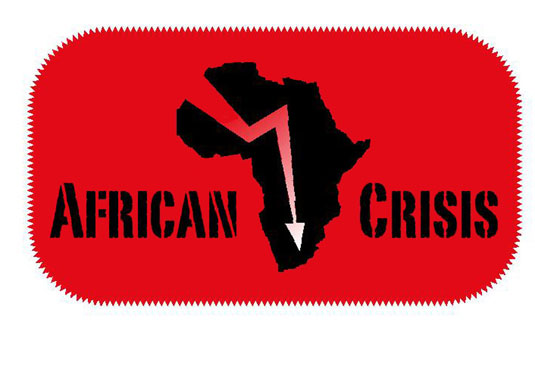WARNING: This is Version 1 of my old archive, so Photos will NOT work and many links will NOT work. But you can find articles by searching on the Titles. There is a lot of information in this archive. Use the SEARCH BAR at the top right. Prior to December 2012; I was a pro-Christian type of Conservative. I was unaware of the mass of Jewish lies in history, especially the lies regarding WW2 and Hitler. So in here you will find pro-Jewish and pro-Israel material. I was definitely WRONG about the Boeremag and Janusz Walus. They were for real.
Original Post Date: 2009-05-18 Time: 23:00:03 Posted By: Jan
By Chandapiwa Baputaki
A person’s level of education and their gender determine their chances of contracting HIV, according to the latest preliminary HIV/AIDS Impact Survey results.
The incidence rate among people with no education is 5.9 percent, while among those with education higher than secondary level is 3.2 per cent.
Therefore people with no education or non-formal education have been revealed to have the highest HIV prevalence of 28.4 percent and 28-6 respectively, compared with those with an education higher than secondary school at a prevalence rate of 16.3 percent.
The survey, released this week by the Central Statistics and the National Aids Coordinating Agency, further reveals that the HIV prevalence is highest among those who are widowed (39.6 percent) and lowest in the population that never married (16.1 percent). Similarly, the HIV incidence rate of 4.6 percent is highest among the widowed and the lowest of 3.2 percent was recorded for the population that never married.
Another major dynamic at the centre of HIV incidence and prevalence is gender, with women more likely to contract the virus than men. “Females have a relatively higher prevalence rate of 20.4 per cent and males 14.2 per cent. There was an overall increase in both males and females from 2004 BAIS II. (However) HIV incidence rates follow a similar trend by gender, that is, they are higher in females (3.5 percent) than in males (2.3 per cent)”states the report.
Meanwhile, Selibe-Phikwe continues to have one of the highest HIV prevalence rates of 26.5 percent in the country and a high incidence rate of 4.7 percent. The survey notes that in some districts, HIV incidence rates appear not to be consistent with the prevalence rates by district. “For example, Kweneng District remains low in terms of HIV prevalence but has a relatively high HIV incidence rate of 3.5 percent,” it says. The Chobe, on the other hand, has a high prevalence rate but one of the lowest HIV incidence rates of 1.0 percent. Mahalapye has the lowest HIV incidence rate of 0.9 percent and Central Bobonong the highest at 5.6 percent.
The BAIS III Survey estimates a national prevalence rate of 17.6 percent compared to 17.1percent in 2004. The current infection rate is estimated at 2.9 percent in the just released survey. Females have a relatively higher prevalence rate of 20.4 compared to males who are at 14.2 percent. The survey shows HIV to increase sharply with age, peaking between the ages of 30 and 45 when it begins to decline. In the 2004 BAIS II survey, this peak was seen in the age group of 25 to 39.According to the latest survey, the age group of 30 to 45 has the highest rate of new infections, the 45 to 49 the highest incidence rate of 7.3 percent, while the 15 to 19 has the lowest incidence rate of 0.7 percent.
During the survey it was found out that among the youth, aged 15 to 24 years, 43 percent correctly identified ways of preventing the sexual transmission of HIV and the correct use of condoms every time there was sex. It was also noted that about four in 100 of the same age group of youth reported having had sexual intercourse before the ages of 15. The survey revealed that while 39 percent of them reported having had sexual intercourse with non-marital and non-cohabiting sexual partners in the 12 months prior to the survey, about 78 percent reported condom use every time they had sex with non-regular partners over the same period.
The attitudes of people towards People Leaving with HIV/AIDS (PLWHA) are reported to have changed ; 65 percent said they would share a meal with a PLWHA, care for a family member with HIV/AIDS, have a teacher with HIV but not too sick to teach and buy vegetables from a shopkeeper or food seller with HIV/AIDS.
Original Source: 
Original date published: 15 May 2009
Source: http://allafrica.com/stories/200905180696.html?viewall=1
